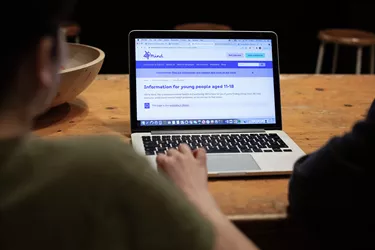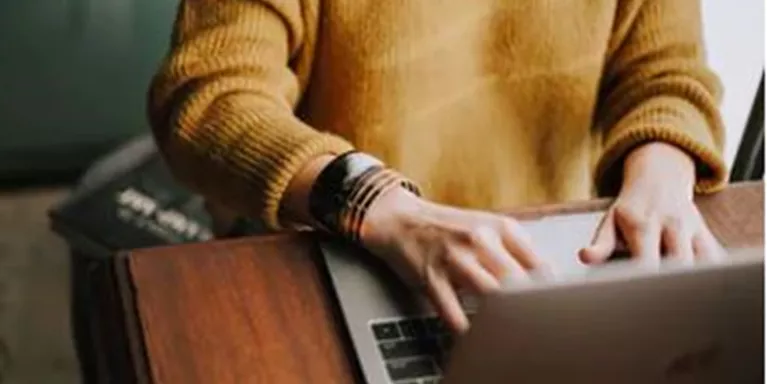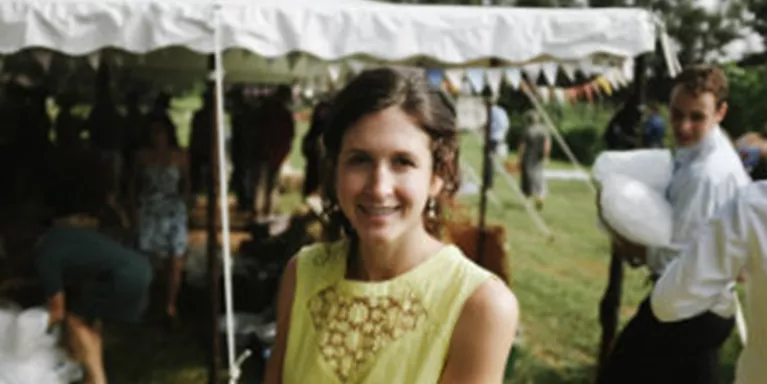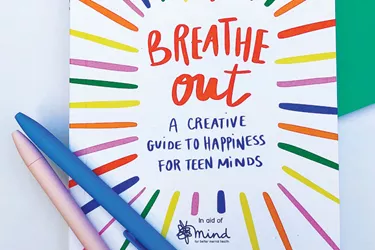A diary of mindfulness, week eight - dealing with future moods
In the final post in her series on mindfulness and depression, Clare reflects on what she learned from the course and thinks about how to use the tools to help manage her mood.
I've been writing a diary of my experiences of an eight week Mindfulness Based Cognitive Therapy (MBCT) course. You can see a list of the themes for the weeks, and a link to weeks one to seven on my blog.
Week eight - using what we've learnt to deal with future moods
This is the final week of the course, and the final one of this series of posts. We need to sum up what we’ve learned and think about how best we can use this learning to help us manage our moods going forwards. These are, I think, the main things to take away.
The main responses - awareness, acceptance and mindfully responding
Awareness, acceptance and mindfully responding are the three ways that MBCT suggests you use to respond to situations. Try to use these instead of mindlessly going through pre programmed automatic reactions and ruminations.
These elements were reflected in the way the course was structured. We initially spent time developing awareness of our experience through meditation and being mindful of activities in the day. The second part of the course was spent learning how to be with our experience - developing an attitude of acceptance rather than pushing away our experience (and potentially making it worse).
Acceptance helps us to take the opportunity to see what is really going on and to choose how best to respond. This could be spending time with our experience and noting thoughts as thoughts not facts, or taking some practical action.
Don’t bang your head against a brick wall
One of the things the leaders wanted to emphasise was that while MBCT responses can help change your inner and outer experience, there are some things that it is very difficult or actually impossible to change. Trying again and again to respond to these without noting any changes could be very frustrating and actually make you feel more hopeless and depressed. In these cases, you can maintain some sense of control by making a mindful decision to choose not to act and to try and accept the situation as it is.
In the final session of the course, the leaders spoke the words of a serenity ‘prayer’ where we asked for the: "Grace to accept the things I cannot change; courage to change the things I can; and wisdom to know the difference."

Mindfulness is a process of starting again
We have had the experience of gently pulling the mind back to the breath again and again - without judgement - in our earlier meditations. This process of starting again is something we can apply to bringing mindfulness to our lives too. If we don’t manage to meditate one week, or find the things that we did that once helped slipping away, that’s ok. We can start again with renewed commitment at any point. Again we see this attitude of gentleness and acceptance of ourselves rather than judgement of our failures.
In this session we wrote a postcard to ourselves, addressed it with our home address and then gave it to the course leaders. They would post it in three months and when it arrived, it would act as a reminder of the course and the benefits the course had had. If we had stopped practising mindfulness regularly, it might spur us back into action.
Think about how you can bring mindfulness into your daily life
In this session there was a big emphasis on how to keep mindfulness in our lives - seeing the MBCT approach as a way of life and not as a 'cure'. To me it seems that this way of seeing things is reflected in how we should see the breathing space too. It is not as a cure for difficult situations but as a way of being in a different way, which can bring a different perspective.
We heard from someone who had done the course the previous year. She told us about the three things she needed to stay level - enough sleep, exercise and meditation. In her diary, she noted with a small symbol when she exercised or meditated and how much sleep she got. She used the wall chart idea we identified in the last session to help her and her partner notice when warning symptoms of a depressive episode were appearing- and then checked her diary to see if it might be because she had let one of her usual management tools slip.
This helped her to stay grounded and in control, even if she felt her moods and thoughts fluctuating and slipping. She also said that she found it useful to create a spot somewhere in the house which she always used to meditate.
Other suggestions we were given for including mindfulness in our lives were to observe five mindful breaths first thing in the morning and last thing at night, and to take time to do this throughout the day. Using sounds in the day - a shout, a car horn, a door slamming, as a reminder to ‘check in’ with ourselves and take some mindful breaths is something else that could be useful. Whenever you have some time, waiting for a call, standing in a queue, sitting on the train - take a breathing space and note how your body feels.
As mentioned before, I also find the Headspace app useful to remind me to take breathing spaces throughout the day, as well as when I experience unpleasant events.
Further reading
I hope that some of this writing has encouraged you to think about mindfulness, to understand it a little better and perhaps to look into exploring it more for yourself. This MBCT website links you through to a number of books you might find helpful as well as giving you more information about the developers of the course.
The information on signing up for the course I did is here. Please do feel free to get in touch with me if you have any questions - add a comment on this or any of the other blogs, follow me on twitter or contact me through my own blog.
It’s been a pleasure writing these pieces - I hope you have enjoyed reading them. Best of luck.
Clare writes her own blog on mental health, relationships and online youth support. You can follow her on twitter@fostress.
Read more from Clare's Mindfulness series:


Information and support
When you’re living with a mental health problem, or supporting someone who is, having access to the right information - about a condition, treatment options, or practical issues - is vital. Visit our information pages to find out more.
Share your story with others
Blogs and stories can show that people with mental health problems are cared about, understood and listened to. We can use it to challenge the status quo and change attitudes.

















